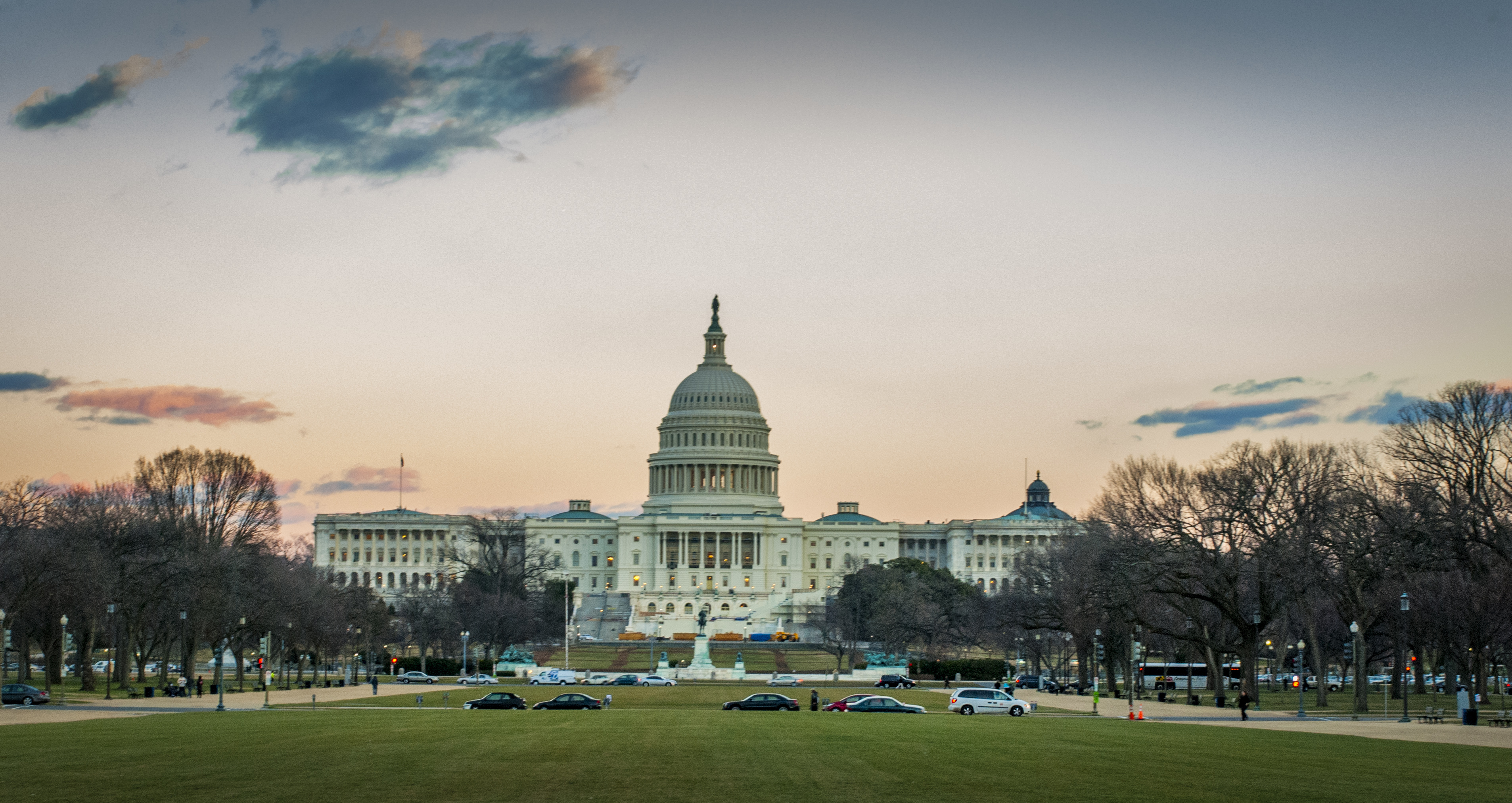Imagine a world where unemployment is good—where fewer people working means more prosperity. Both time and resources would be infinitely abundant. Consumer goods would invent themselves. The standard of living would improve most swiftly when human beings stay out of the way.
This world, of course, is a fantasy. Until someone invents a self-improving robot fueled by human indolence, unemployment only hampers economic growth.
That is, until November 2013.
If history is any guide, the Labor Department’s announcement earlier this month that the U.S. economy added 204,000 jobs in October—twice what most economists expected—should have sparked excitement across Wall Street and the nation. But while markets did gain on the day, early-morning futures turned quickly negative after gaining before the report’s release. The talk of the town was anything but positive.
Explanations for this twist of events were quick and forthright: Indications of economic progress sparked fear that the Federal Reserve would taper its bond-buying program.
Since 2009, the Federal Reserve has created money to funnel into the economy via bond-buying and bailouts (a.k.a. “quantitative easing”). This policy was designed to lower interest rates, create credit, and stimulate demand with the ultimate goal of lowering unemployment. The result has been significant growth in stock prices and apparent economic recovery evidenced by a slow and steady drop in unemployment.

Understandably, investors have come to love quantitative easing. Though many voice concerns about the long-term effects of this policy, few deny that quantitative easing mitigated the immediate effects of the 2008 financial crisis. Even fewer would deny that quantitative easing is now vital to the health of many major financial institutions.
But of course, such a policy cannot continue forever. Quantitative easing must eventually come to an end—a fact even Fed officials often note. It is this ominous thought that sparked last month’s scare. Lower unemployment signals economic recovery. Economic recovery signals a sooner end to the Fed’s bond-buying and bailouts.
A similar episode occurred earlier this year when Federal Reserve Chairman Ben Bernanke hinted that quantitative easing may taper off if inflation remains steady and unemployment continues to drop. The stock market lost 4.3 percent over the three trading days following his comments.
This last episode was different, though, because no announcement was needed. The strong jobs report alone was enough to spook investors even before the Fed could announce changes to quantitative easing. What is good news at almost any other time and in any other place is bad news on Wall Street today.
[pullquote] The Fed has pitted Wall Street against the American people by linking lower unemployment with lower stock prices.[/pullquote]
This spells disaster for the American economy. The same quantitative easing policy designed to decrease unemployment is itself the cause of investors’ fear of strong jobs reports and other positive economic news in general. The fact that lower unemployment hurts the stock market means the Fed has created a lose-lose situation whereby lowering unemployment creates a simultaneous collapse in stock prices. They have kept up their money-printing too long. The Fed has become its own worst enemy.
But even worse, the Federal Reserve has pitted Wall Street against the American people by inadvertently linking lower unemployment with lower stock prices. Big banks now have reason to want high unemployment in order to extend the life of quantitative easing. While bankers themselves do not make economic policy, they do control the flow of money into and out of their vaults. They can tighten and expand credit. Conspiracy theories aside, banks do have considerable power over the rate of economic growth, and knowing that investors at-large fear a slow-down to quantitative easing does anything but encourage them to help speed up the recovery process.
While high unemployment will never be good news for the real economy, that doesn’t mean that financial institutions and the economic powers that be will always feel the same crunch. When economic stimulus is directly linked to the unemployment rate, like the Fed has done with quantitative easing, those depending on stimulus for their profits should only be expected to react negatively to news of job growth.



